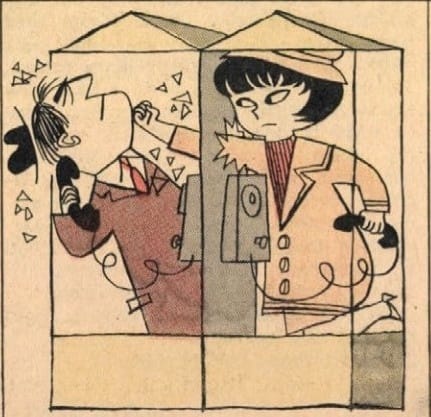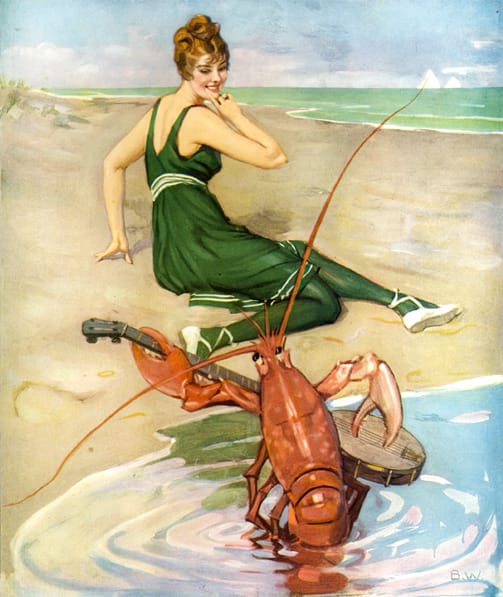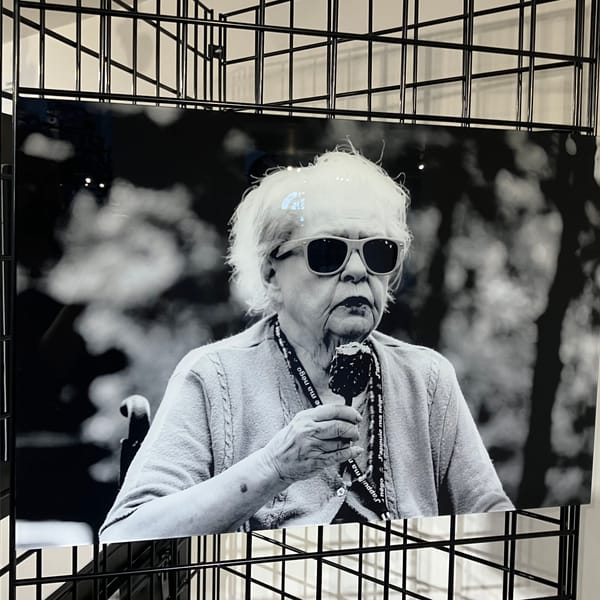A dozen adult women in one large outfit
Awkward hugs not bombs
23 April, 2023 | Osaka, Japan
For my next trick I decided to go back in time. By which I mean accidentally visiting two museums out of chronological order - the Osaka Peace Museum and Osaka Castle.
As you might imagine, the Peace Museum is all about the war and I prepared myself to be uncomfortable. The indiscriminate “strategic” bombing during WWII was, by any reasonable definition, a war crime for all sides that engaged in this activity - from the Nazis virtually destroying Rotterdam early in the war to the firebombing of all major cities in Japan (save one, which I’ll talk about soon).
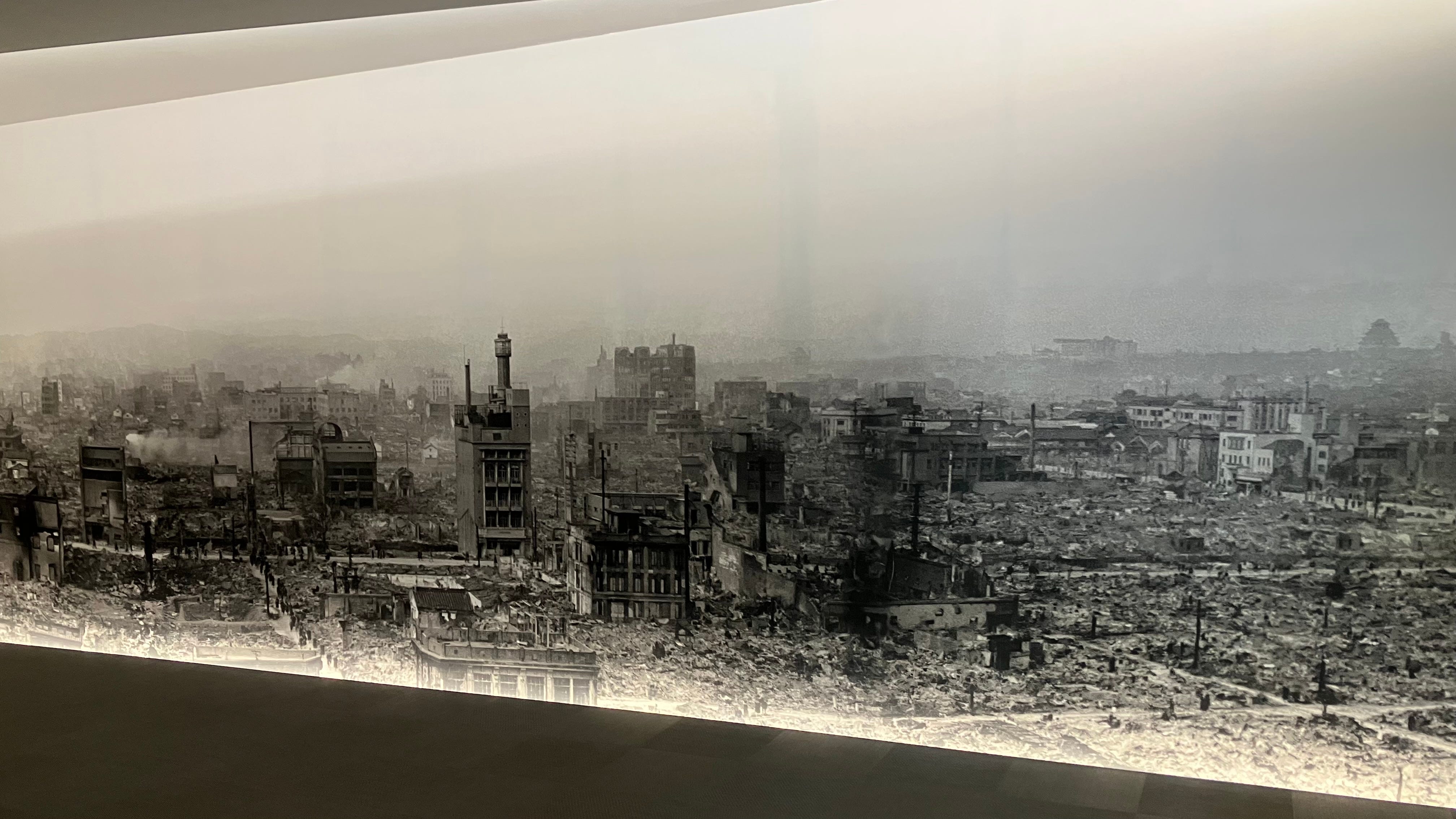
I think it is vital to understand - both in the 1940s and now - that there is fairly poor evidence this kind of “strategic bombing” has achieved any of the objectives suggested by its proponents. Japan was bombed for months and it remains unclear if even the atomic attacks or the Soviet invasion of Manchuria hastened the eventual surrender. Korea became the most bombed country on earth and the US gave up on attacking Pyongyang entirely because there was nothing left, yet the lines had been fixed for almost three years and that is basically where the border is now. There is good reason to believe it actually aided the victory of North Vietnam by hardening the civilian will to resist.
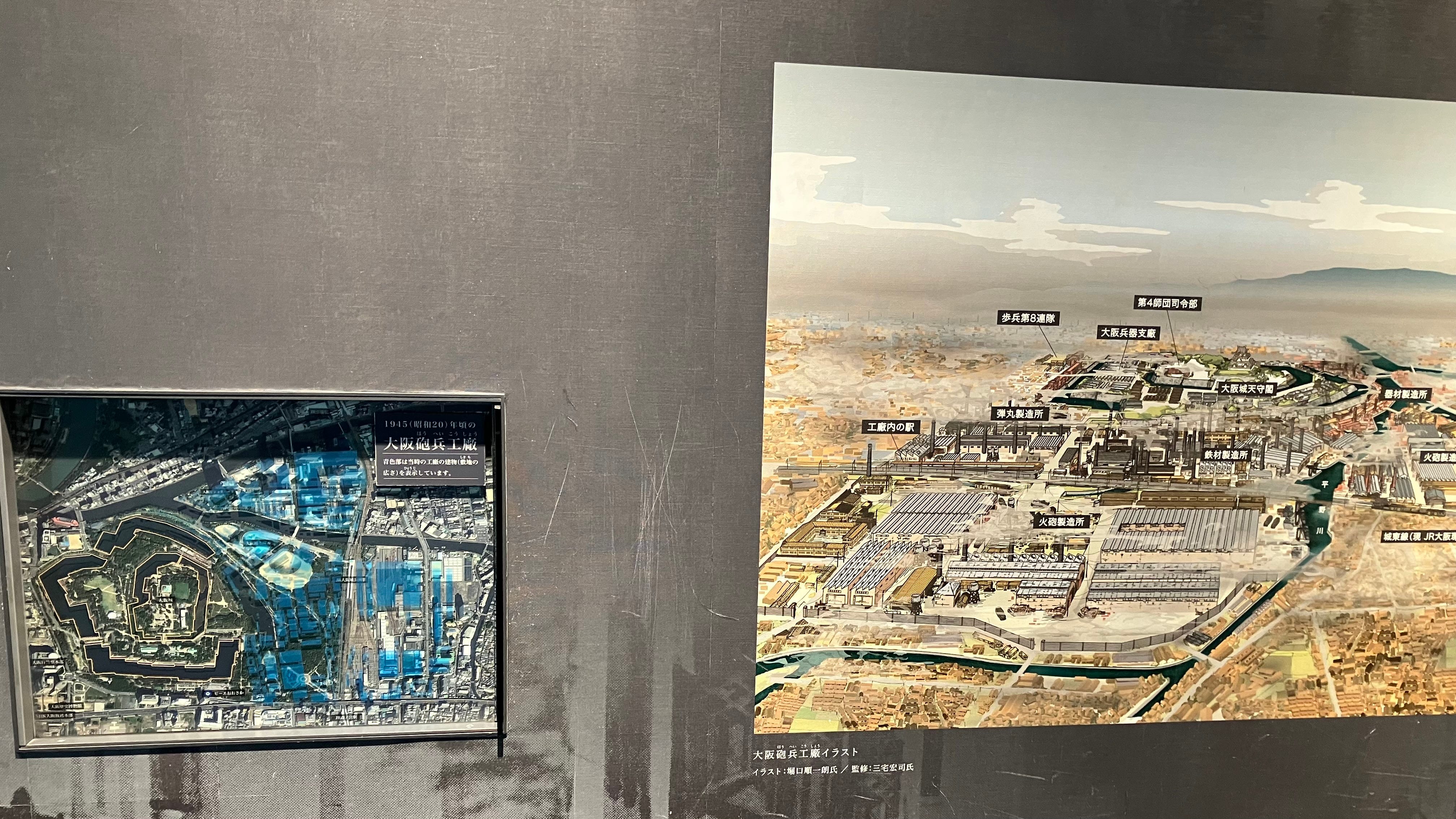
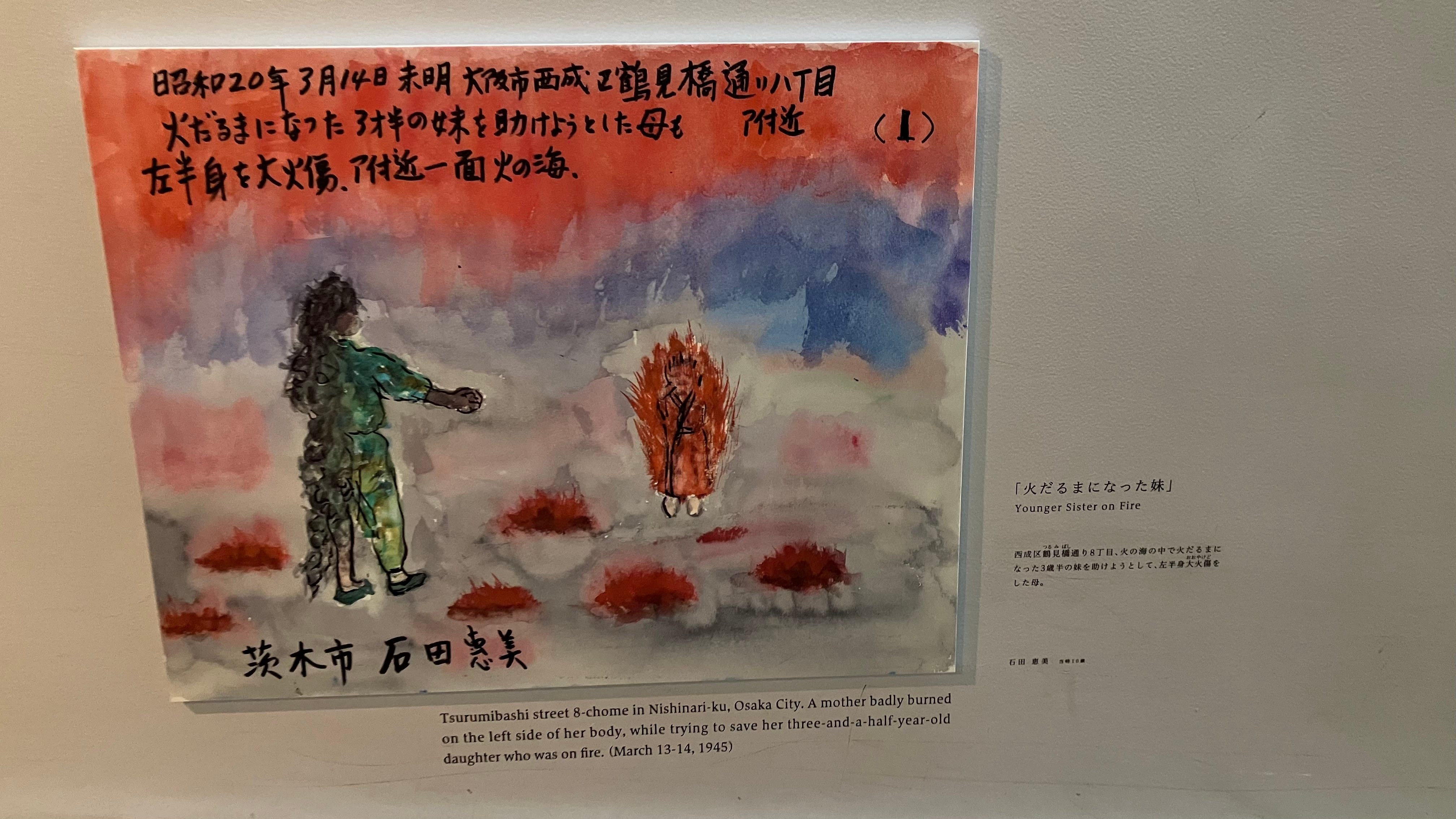
Given the semi-common occurrence where Americans, including politicians, casually talk about bombing places “back to the stone age” I think museums like this should not only be required visits, but we should have a truth-and-reconciliation style approach in our own museums about our actions in this and other conflicts1; as Germany does in regards to WWII and Japan distinctly does not. We’ll talk more about that when we visit Korea.
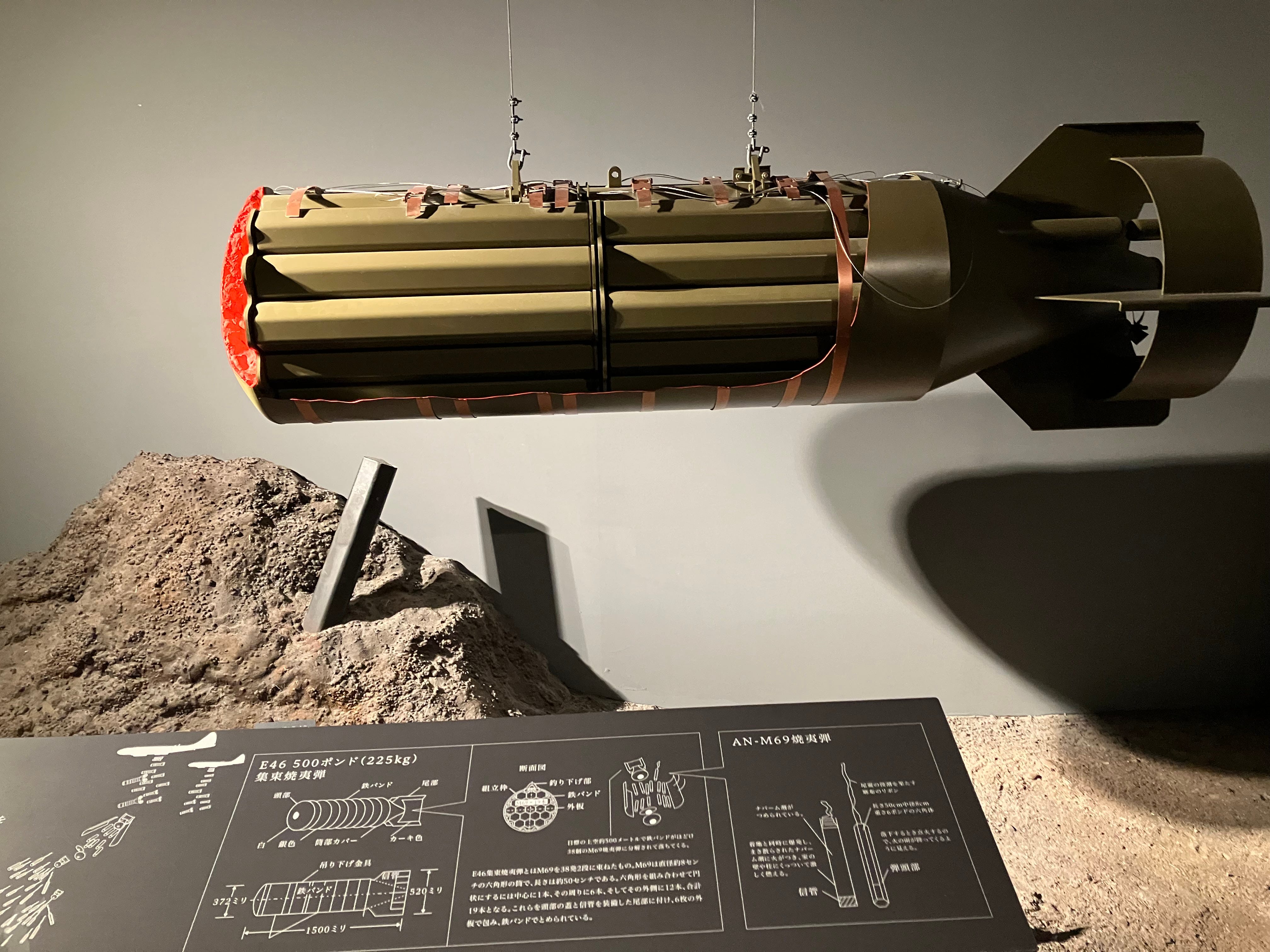
But the Peace Museum also talks about the aftermath and rebuilding of Osaka.
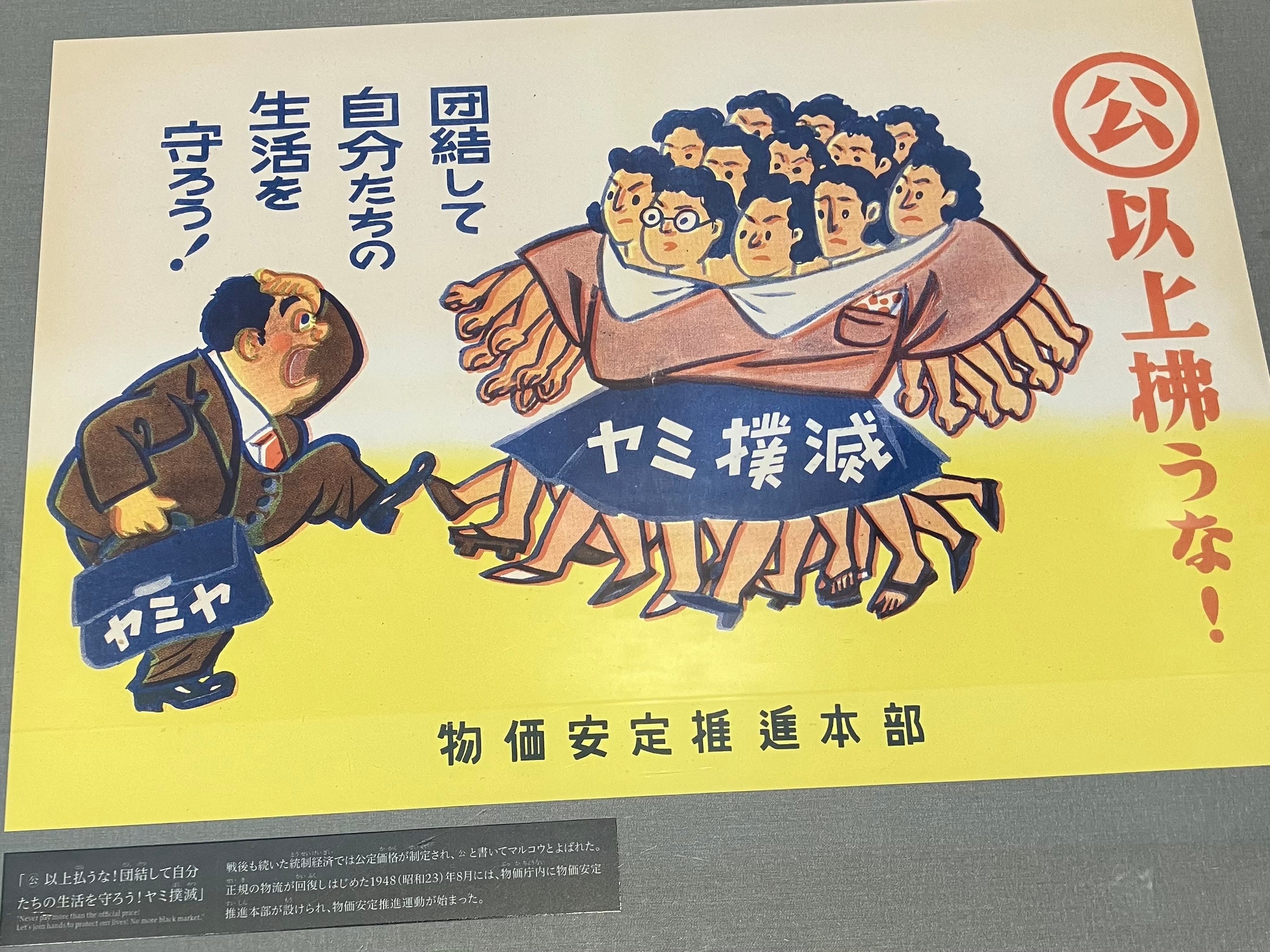
As mentioned above, Osaka Castle was almost entirely destroyed. But where did that come from and what is the deal with it?
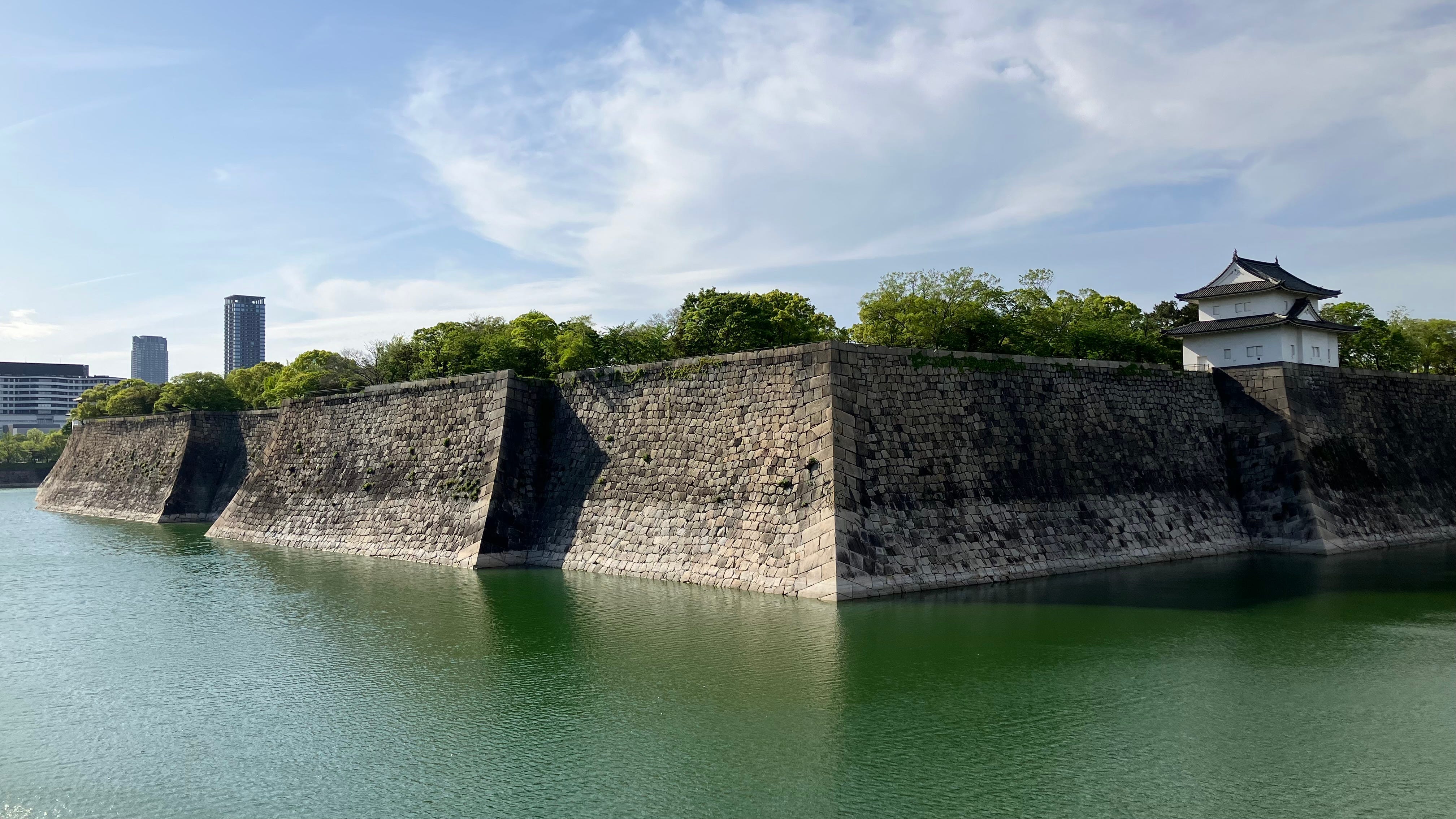
The central keep of the castle now hosts a museum principally focused on the life of Toyotomi Hideyoshi, who started its construction. While Europe saved its early modern orgy-of-violence for the Little Ice Age, Japan was the scene of a warring states period earlier where Hideyoshi - finishing the work of his sugar-daddy Oda Nobunaga - unified the country by 1592. Hideyoshi appears to have decided on celebrating this achievement with a brutal invasion of Korea2.
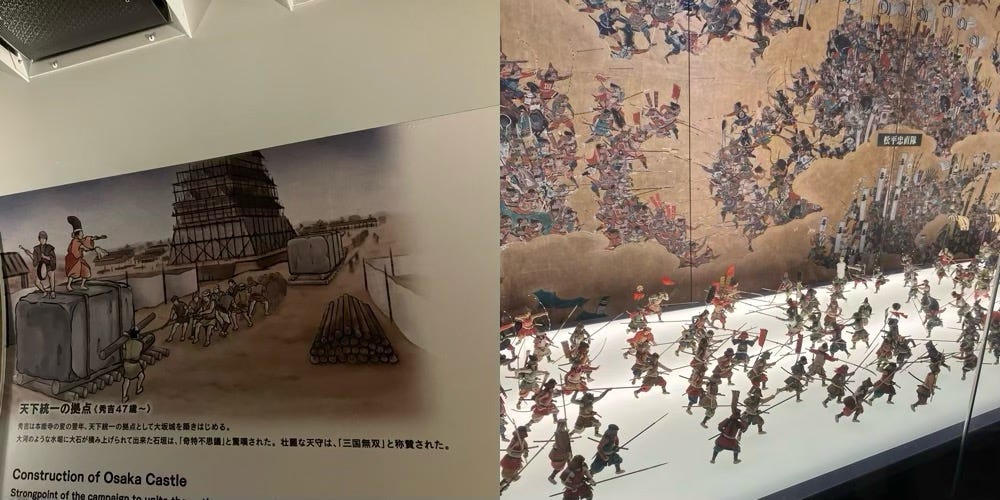
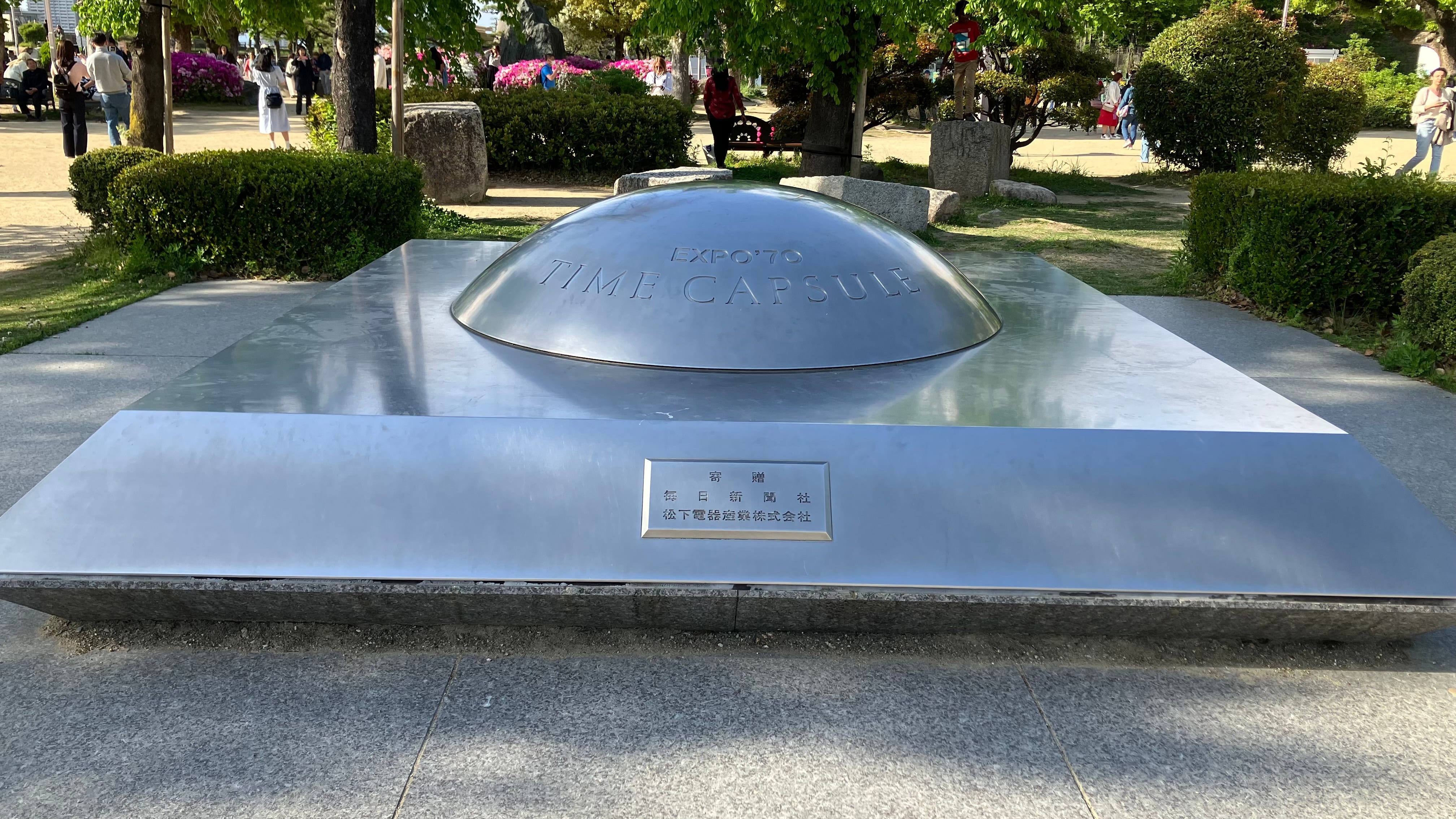
I thought I heard Auld Lang Syne start playing, but apparently it’s actually a Japanese song set to the same melody with basically the same general theme (“bye”), but way more nationalistic and is used frequently to hustle people out before closing time.
So I left. After a brief meal in the train station - no that’s not a cry for help, it’s better to think of these places as enormous shopping malls rather than the kind of demonic truck-stop quality you might immediately assume - I went looking for a tiny foreigner friendly bar.
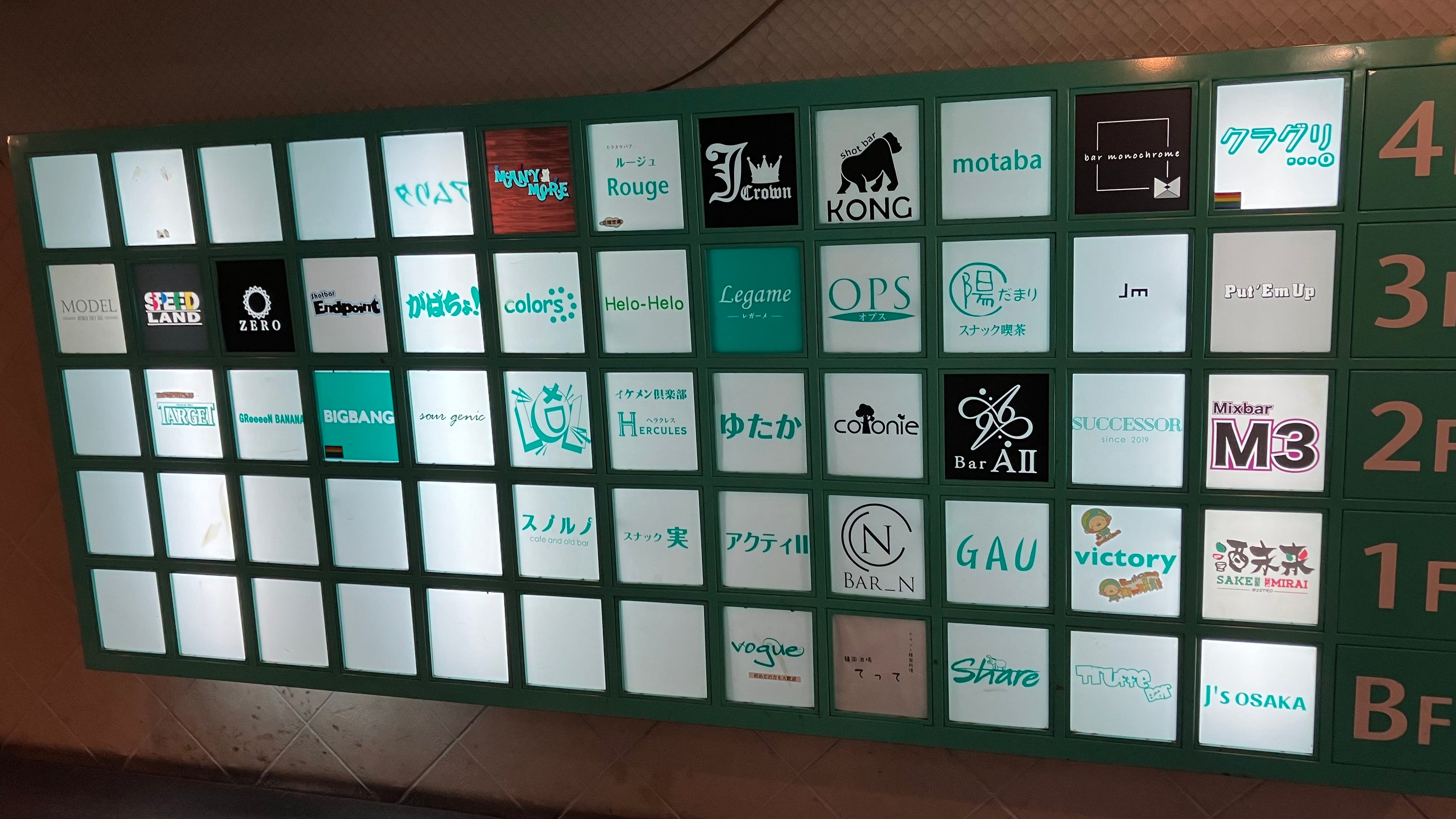
When I say “tiny” I want to be perfectly clear - these bars are more like limited social clubs with space for (at most) a dozen people at a time. Often they have explicit membership requirements or substantial covers for newcomers. I ended up at Successor.
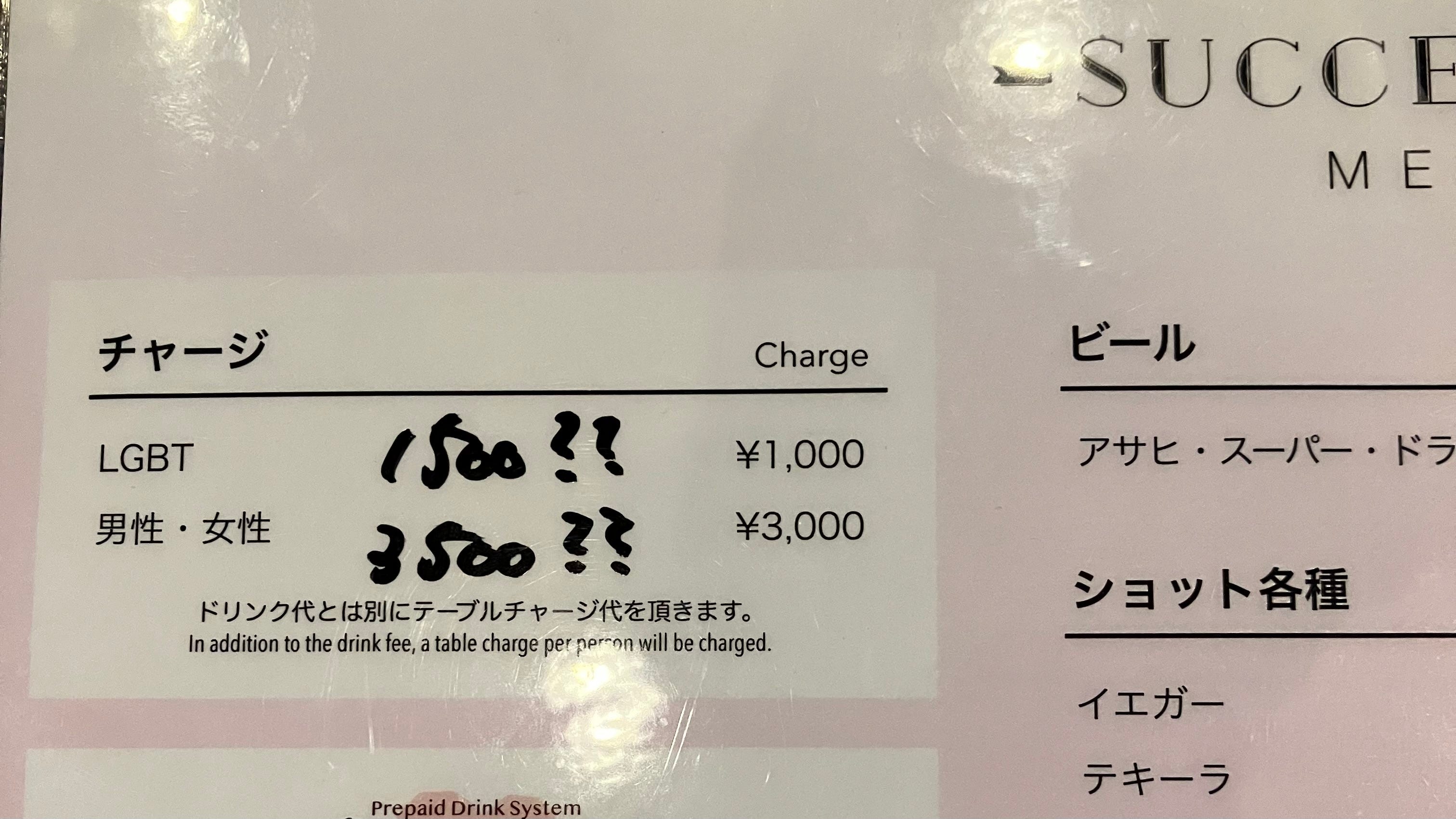
As it was a Sunday and not really that late, I was the only patron. One custom I had picked up on was “want to share a drink” question; the bartender asking you to buy him a drink3. The one I didn’t pick up on was how he walked me back to the stairs as I was leaving. His english was not especially strong, so I misinterpreted this gesture as, like, a hugging opportunity?
No. It was not. I just made it weird. I would later learn that walk is meant to be a means to have a short conversation about how you are getting home safe. Whether it is a cultural thing or a legal/liability thing I do not know - I suspect both.
Particularly if you are unaware of them - as most Americans are about, say, the existence and nature of the US occupation of the Philippines and the insurgency against said occupation from 1898-1902. ↩
As you do. Or at least China and Japan seem to have done repeatedly. The unify-the-country-invade-Korea pipeline. This invasion was given a very different treatment here than in the Korean War Museum later on, as you might expect. ↩
The answer is always “yes” here. ↩

